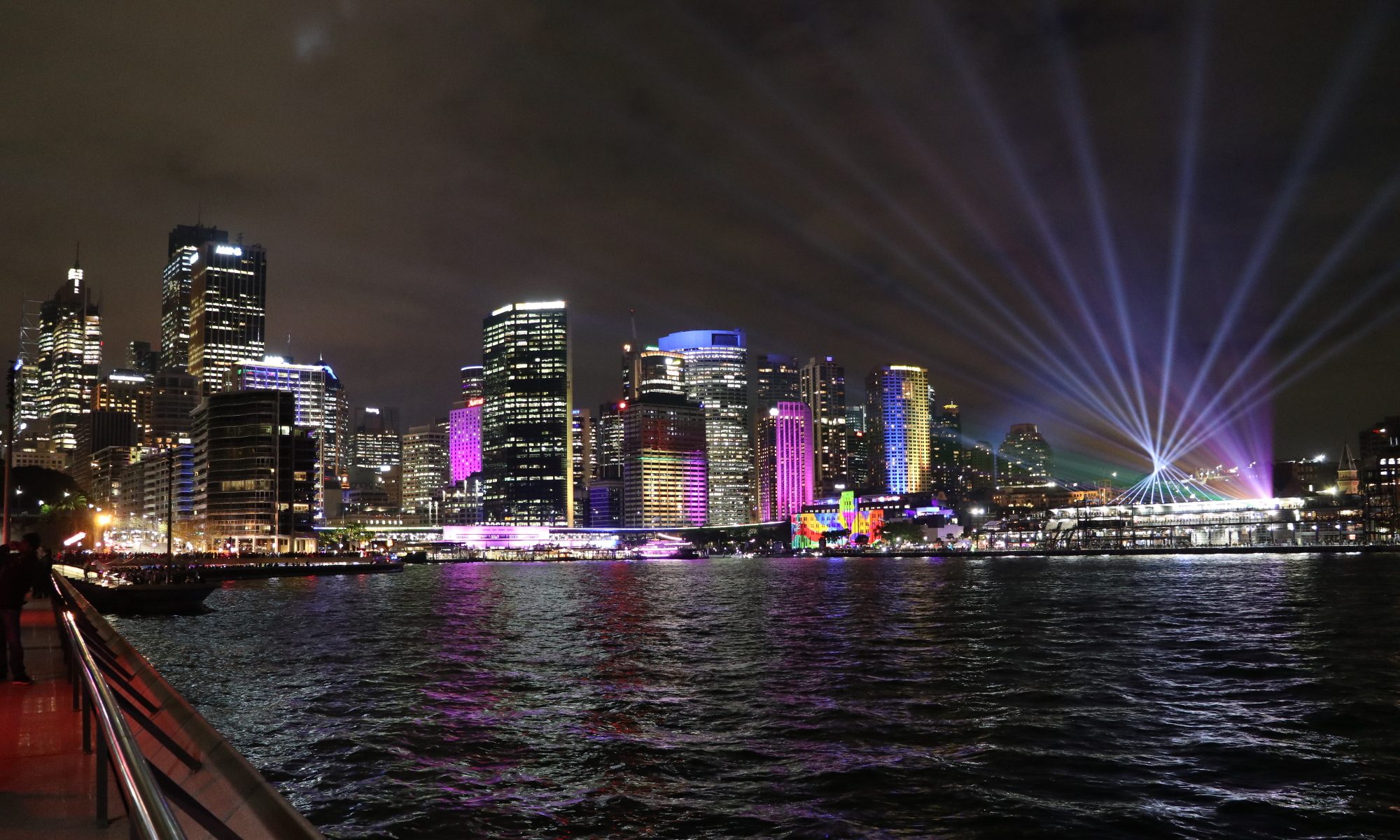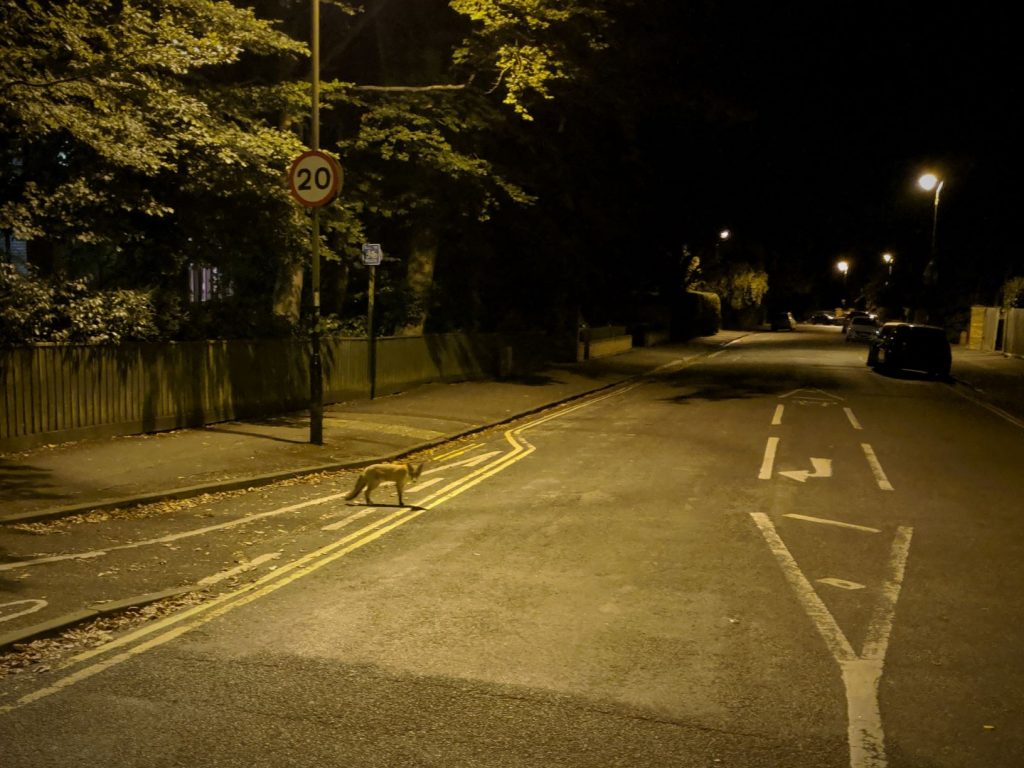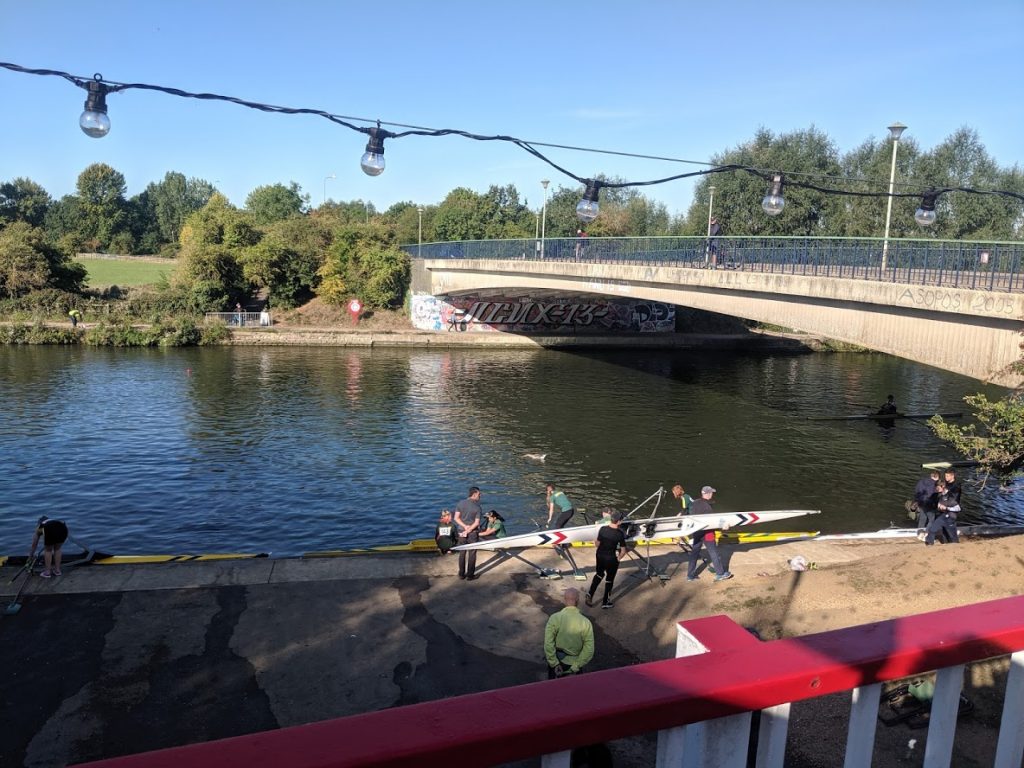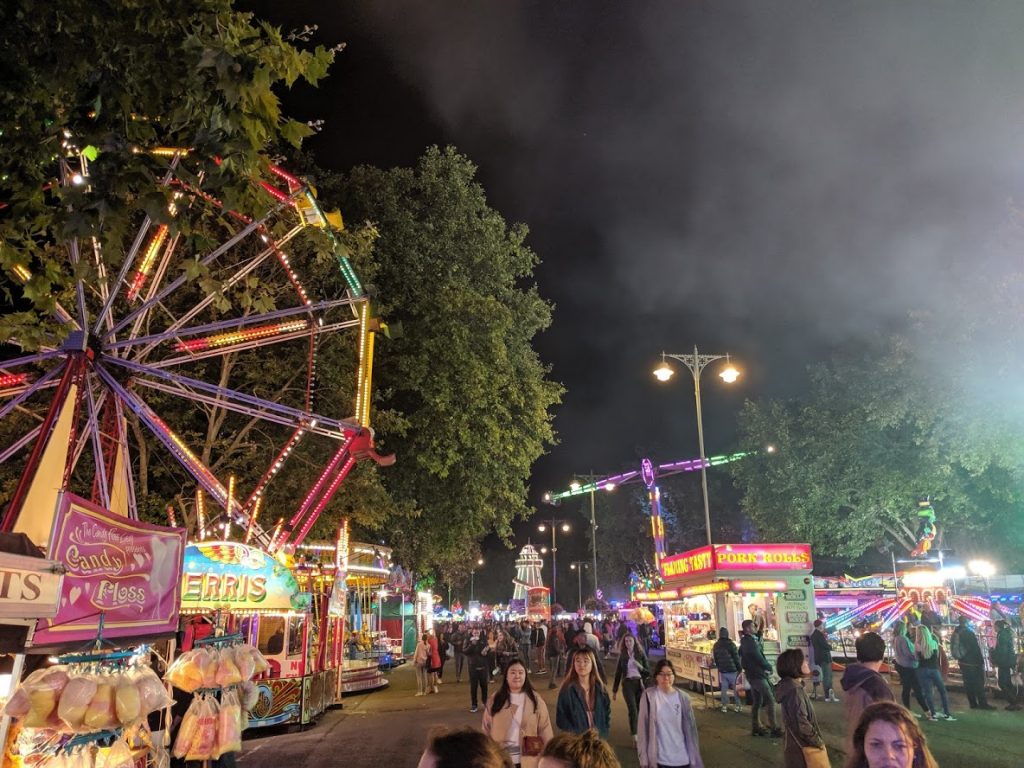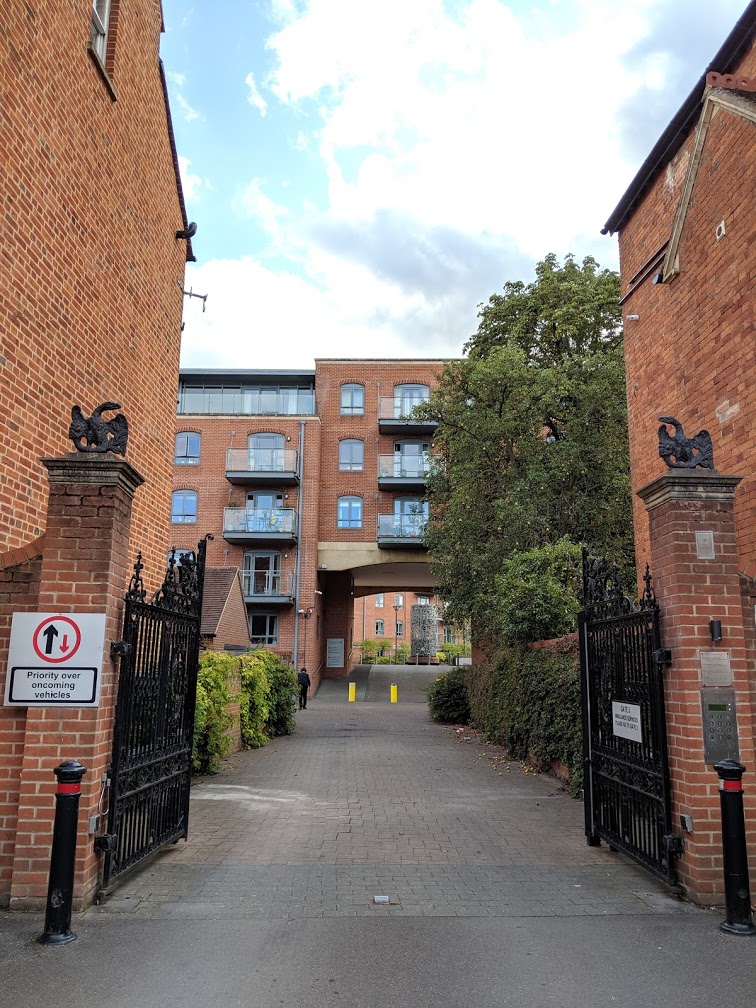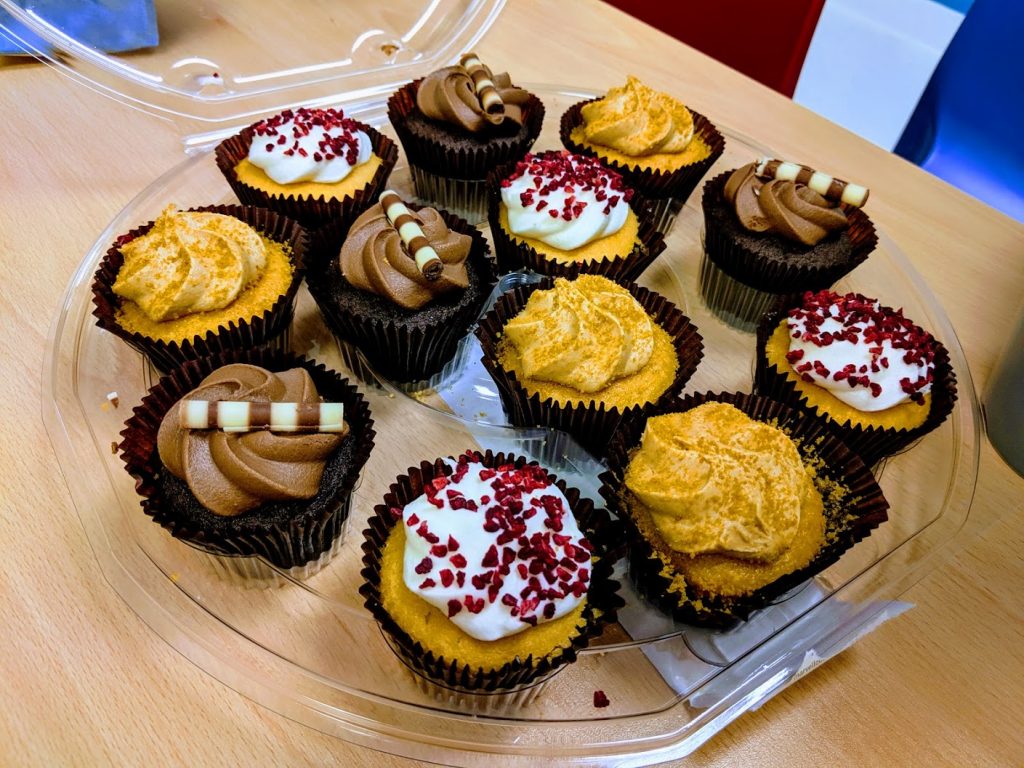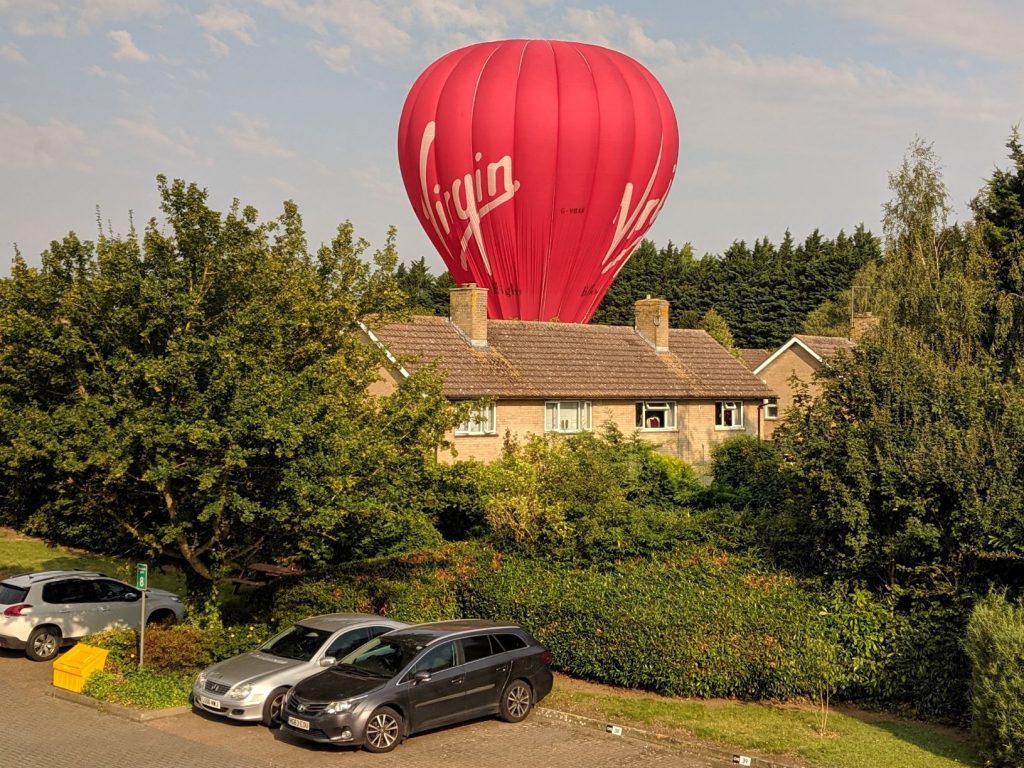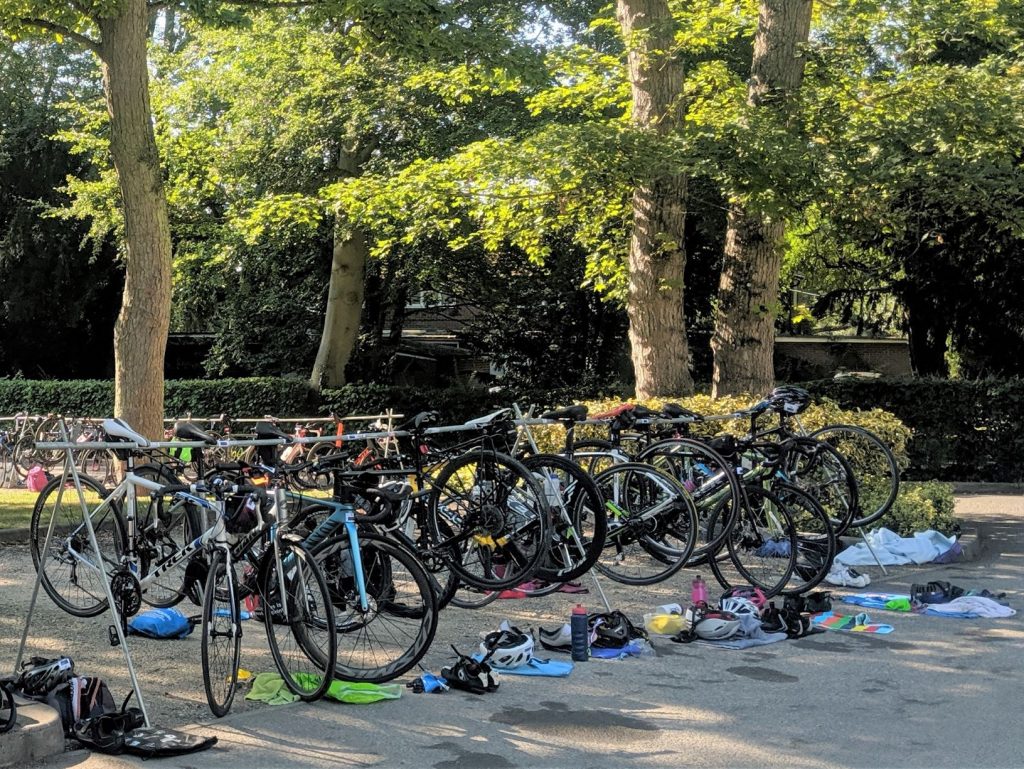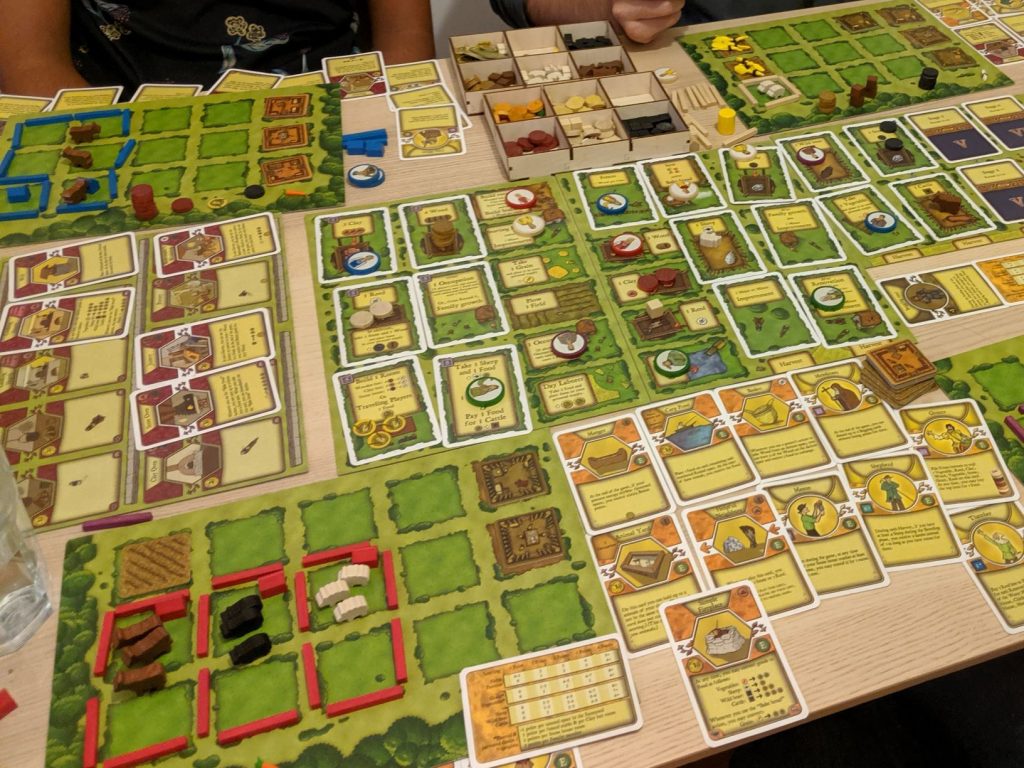Short version: I try and explain how microwaves work, I changed my search engine, and ran the Blenheim Palace half marathon.
Long version:
Microwave (ovens)
This week over a (reheated) dinner I tried to explain how microwave ovens work. It was a good reminder of the difficulties of discussing science; first in actually knowing the underlying science, then in communicating it to different people with different (unknown) levels of prior understanding. It was humbling to stumble between gaps in my understanding of a common household appliance and a failure to find the language to explain what I did understand. After refreshing myself on the physics, I try to explain again.
To start:
Microwave ovens convert electrical energy to heat, and are used for warming and cooking food. Other electrical cooking appliances (e.g. stoves, ovens, grills, toasters, and kettles) use the property that a flow of electricity heats the wire (conductor) it flows through. Microwaves make electromagnetic waves (like visible light or radio waves) in the microwave region of the spectrum (hence the name), which heat food (particularly water) as they pass through it. Conventional methods of heating food heat from the surface which gradually warms inwards, where as microwaves can heat food from the inside directly.
Assumed knowledge:
It is easy (and fun!) to get into a spiral of questions about what “heat”, “food”, “electricity” and “electromagnetic waves” are. More information about the parts of a system help build a foundation form where the combined system can be understood; it is hard to understand the science of cooking without understanding a little of the chemistry of what food is, or the physics of what heat is. Also seemingly unrelated knowledge can be useful; if how a musical instrument generates certain sounds is known, then the similar principles of resonant frequencies helps to explain how the microwaves are generated by the magnetron, another type of resonant cavity.
The best I can do:
Food goes in a metal box (a cavity) that stops microwaves escaping. Electricity (240 V AC mains) goes to a transformer that changes the voltage into two windings, a high voltage (approx 2000V) and a low voltage (approx 5 V). The lower voltage powers the user interface (e.g. the clock) and the higher voltage powers the microwave generator, called a magnetron. The magentron is a cylindrical vacuum cavity (closed metal tube with no air) where electrons are thrown off a central filament and travel to the outer walls. Strong magnets cause the electrons to travel along curved paths, and the cavity has spokes that extend from the outer walls most of the way towards the central filament. The spacing of these spokes and the strength of the magnets is tuned so that a specific frequency of electromagnetic radiation (microwaves) are generated by moving charger in the magentron, and these microwaves are guided by a metal tube (wave guide) into the larger cavity containing the food. The generated microwaves bounce around the cavity until they interact with water molecules (and sugars and some fats) in food to vibrate them. This is observed microscopically as heating.
A comprehensive explanation:
Can be found in this paper by Michael Vollmer. Also this video is a good guide.
Microwaves and super-res:
At the moment I work with super-resolution microscopes, which connects with microwave ovens in an interesting way: The grill that lets the user see their food being heated has holes (approx 1 mm across) that are much larger than the wavelength of visible light (approx 0.001 mm) but much smaller than the wavelength of the microwaves (approx 122 mm). Waves cannot “see” and object much smaller than the wavelength of the wave, called the “diffraction limit”. Thus the grill on the door of a microwave oven is “diffraction limited” from the perspective of the microwaves, in the same way that cellular structures can be “diffraction limited” from visible light. I am not sure if the equivalent optics exist for microwaves as in visible light, but it could be possible (though not particularly useful) to super-resolve structures using microwaves. Given microwaves are used in radar, perhaps such techniques are already used for detection of rain, birds, or aircraft.
Small Nudge to Search:
This week I changed my default search engine from google to google scholar.

This has had frustrating consequences; where as typically to find out where a place is, what tomorrow’s weather would be, or to play a song, I simply press the hot-key for a new browser tab and type what I want, that now gives me search results from the academic literature. There are no papers telling me if it will rain in Oxford tomorrow.
I do think this is a useful step. I’ve been reading a little about nudges, a concept linked to Richard Thaler. Changing the default search makes it slightly easier to do literature searches, and slightly harder to do general web searches, which I hope (and expect) will nudge me towards consuming better quality content.
Value-Action Gap
I came across the term “Value-action Gap“, which adds a technical but intuitive term where I would otherwise use the more judgemental “hypocrisy” or the more debater-jargon “principle consistency”. I like hearing opinions on why it is that people often act out of alignment with their beliefs, and am often surprised at my own capacity for cognitive dissonance.
Blenheim Palace Half Marathon
Slightly disappointed with my time, but it was a fun race. I will be adding a race report soon. Edit; I have now added the race report here.
